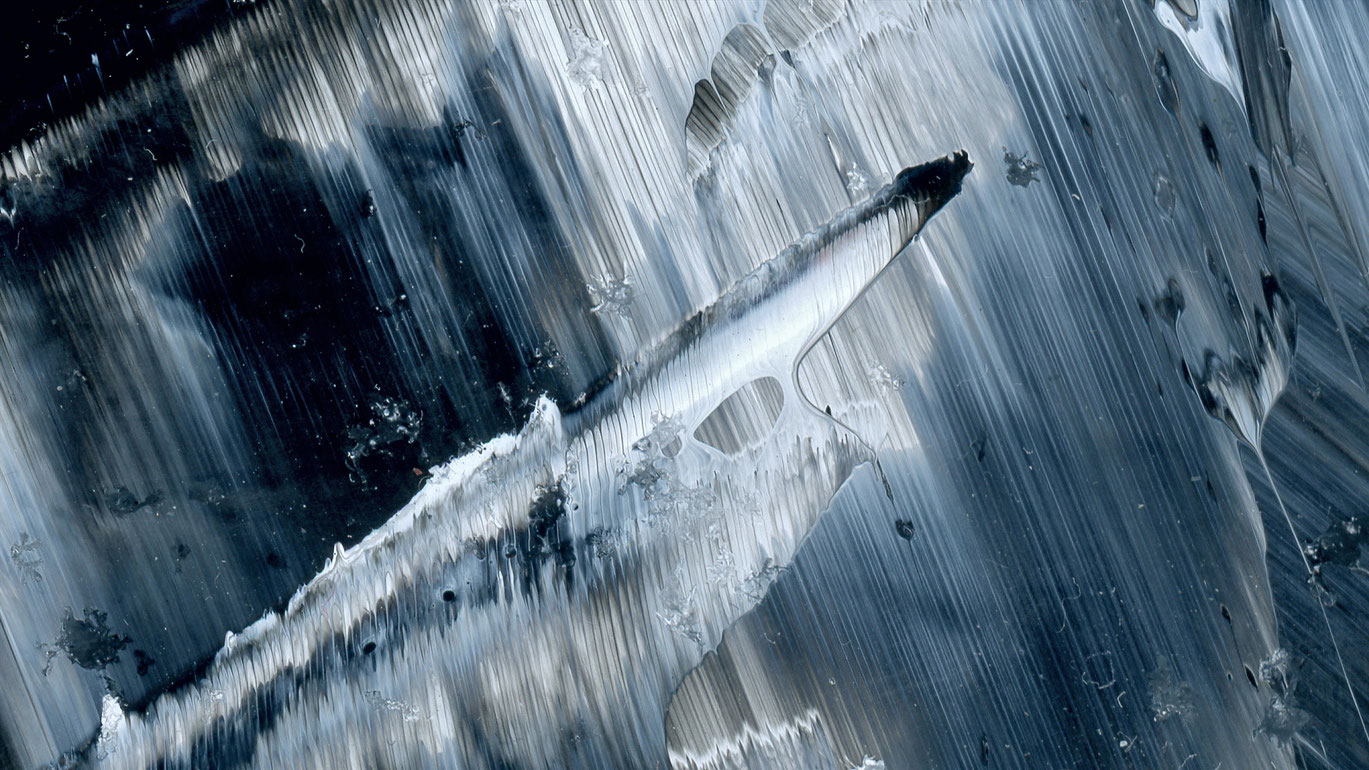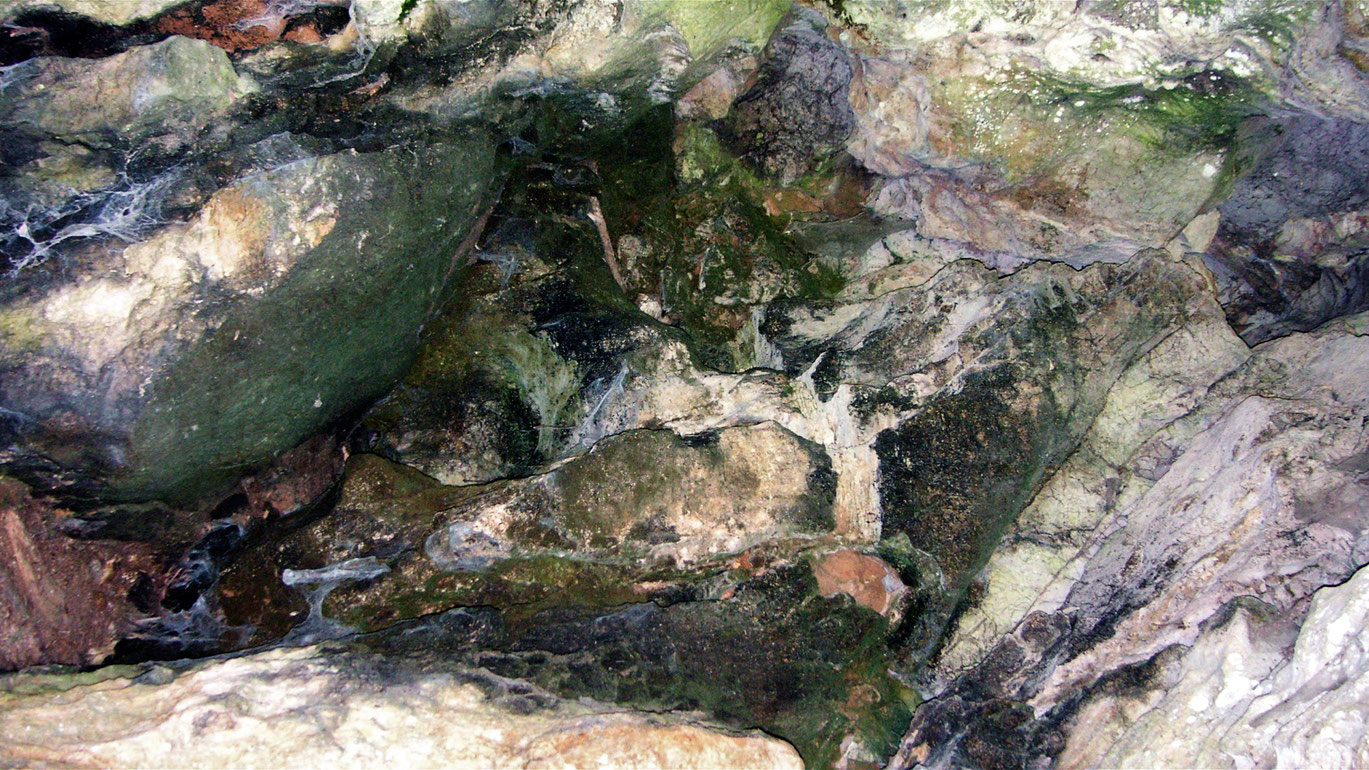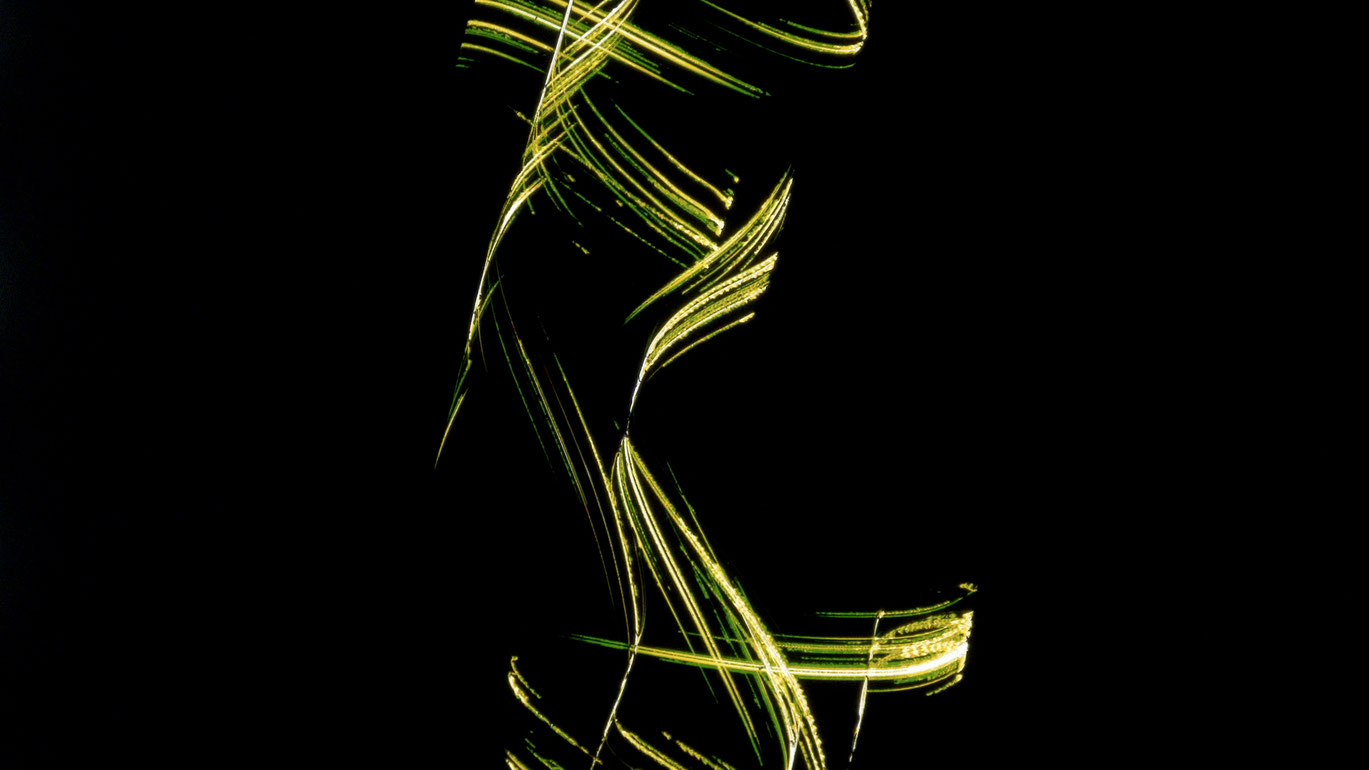Cave Painting
In Siegfried Fruhauf’s dream-like etude, human traces from an unimaginably distant past appear as an intensified vision of the origin of painting. Cave Painting leads us to real natural phenomena that have been shaped by civilization. A seemingly spherical thunderstorm of individual images leads us to a rock face whose interior opens pulsatingly. The dizzying expedition along rock structures and cavities is increasingly determined by colors, contrasting lighting, three-dimensional effects, and illusions of movement. Fruhauf celebrates the movie screen in a loose way, following the example of Robert Smithson – namely, as a place of flickering apparitions whose blurred, floating perception is due to a specific environment. He understands the cinema experience as cave exploration.
In a virtuoso condensation of photochemical shots, the filmmaker abstracts from images of what has been found or already reproduced, which he deforms into an imaginary exploration of a stalactite grotto. In the cave’s virtually organic-looking interior, hand negatives emerge, the oldest evidence of art. In turn, black imprints tremble as a manual signature of the present. Light painting and drawings scratched onto film are the artist’s physical engagement in a dance with prehistoric representations. In a pyrotechnic display of digital animation, fantastic contours appear deepened, solarized, rotating, superimposed on one another. Finally, the famous “Spotted Horses” flash up between the layers of the image as the distant reflection of a Stone Age cave painting. We can sense the luck of archaeology: each material element of a discovery can contain entire worlds and, together with other fragments, awaken hitherto unimagined ideas.
(Christa Blumlinger)
Cave Painting
2023
Austria
14 min 30 sec



